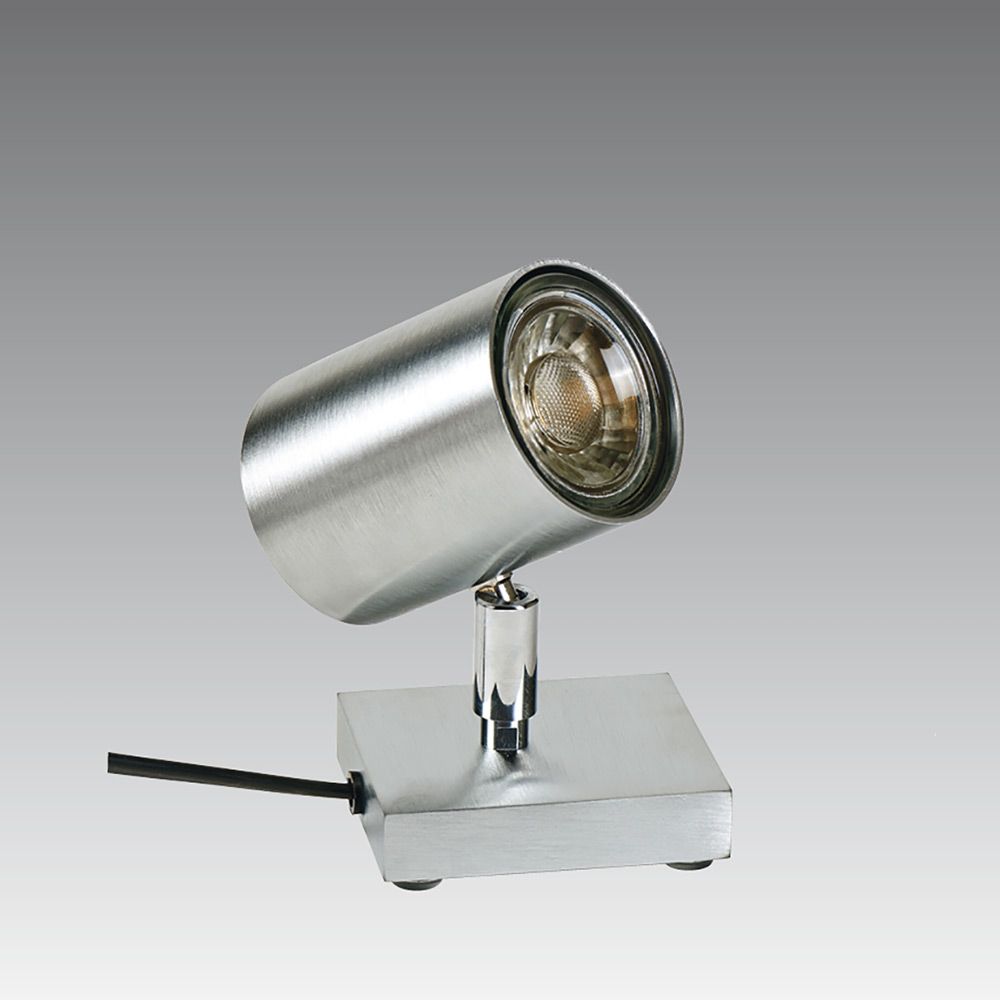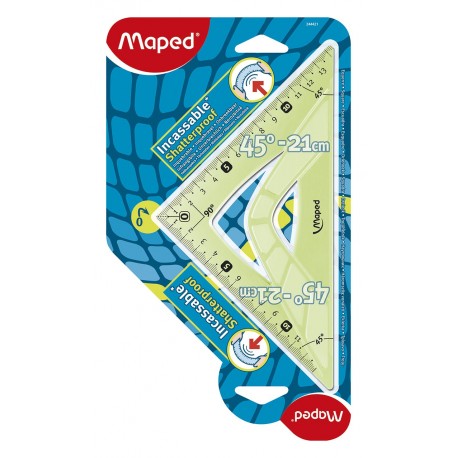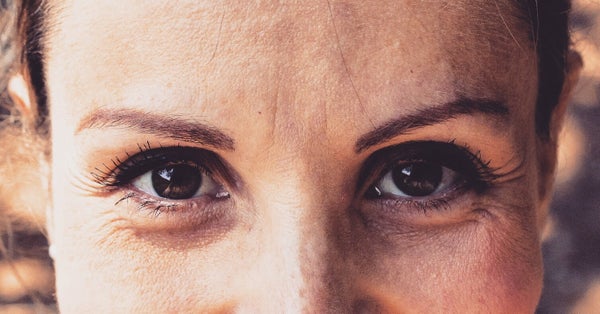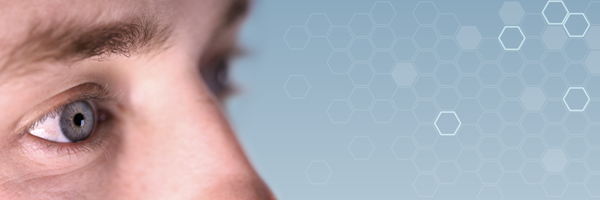Gaze patterns in toddlers may predict autism, Spectrum
4.8 (104) · € 20.99 · En Stock
The gaze of children as young as 16 months old may help predict whether they have autism and reveal finer-grained details, such as their verbal and social abilities.
The gaze of children as young as 16 months old may help predict whether they have autism and reveal finer-grained details, such as their verbal and social…

Typical Levels of Eye-Region Fixation in Toddlers With Autism Spectrum Disorder Across Multiple Contexts - Journal of the American Academy of Child & Adolescent Psychiatry
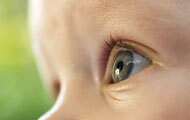
Eye Tracking Correlates With Clinical Assessments of Autism, Study Shows

Speech Reception in Young Children with Autism Is Selectively Indexed by a Neural Oscillation Coupling Anomaly

Face-Viewing Patterns in Young Children With Autism Spectrum Disorders: Speaking up for the Role of Language Comprehension

Atypical gaze patterns in children and adults with autism spectrum disorders dissociated from developmental changes in gaze behaviour

Towards an automatic early screening system for autism spectrum disorder in toddlers based on eye-tracking

PDF] Atypical gaze patterns in children and adults with autism spectrum disorders dissociated from developmental changes in gaze behaviour

Mobile App Tracks Toddlers' Eyes To Predict Autism Diagnosis
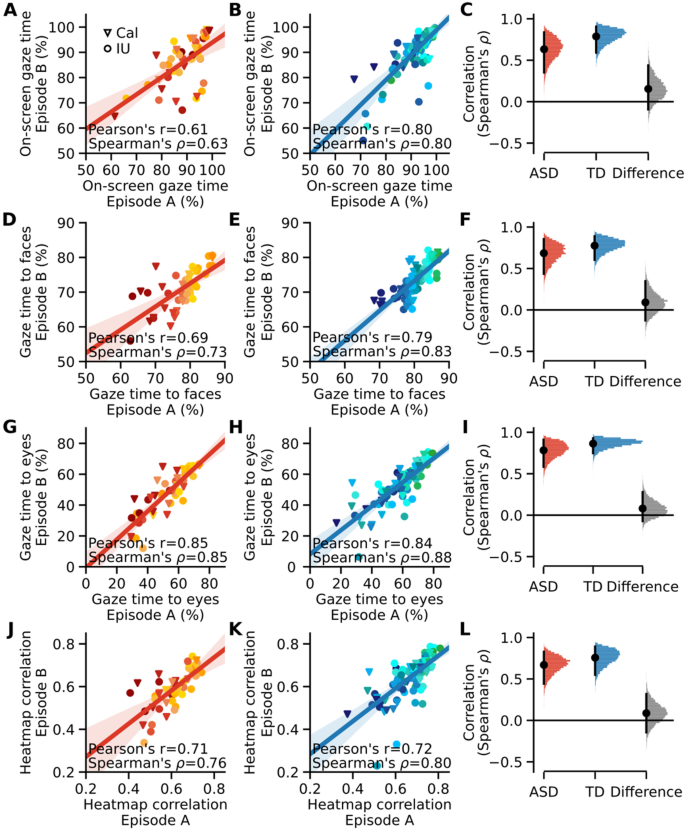
Atypical gaze patterns in autistic adults are heterogeneous across but reliable within individuals, Molecular Autism
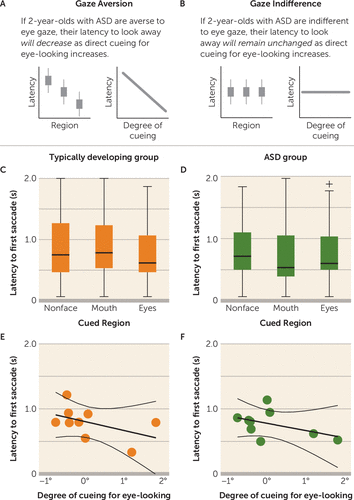
Mechanisms of Diminished Attention to Eyes in Autism
